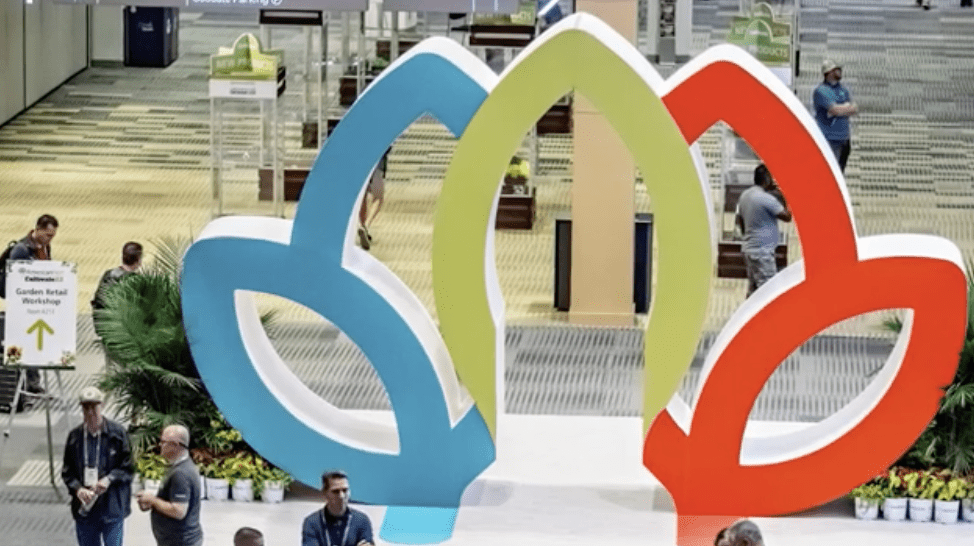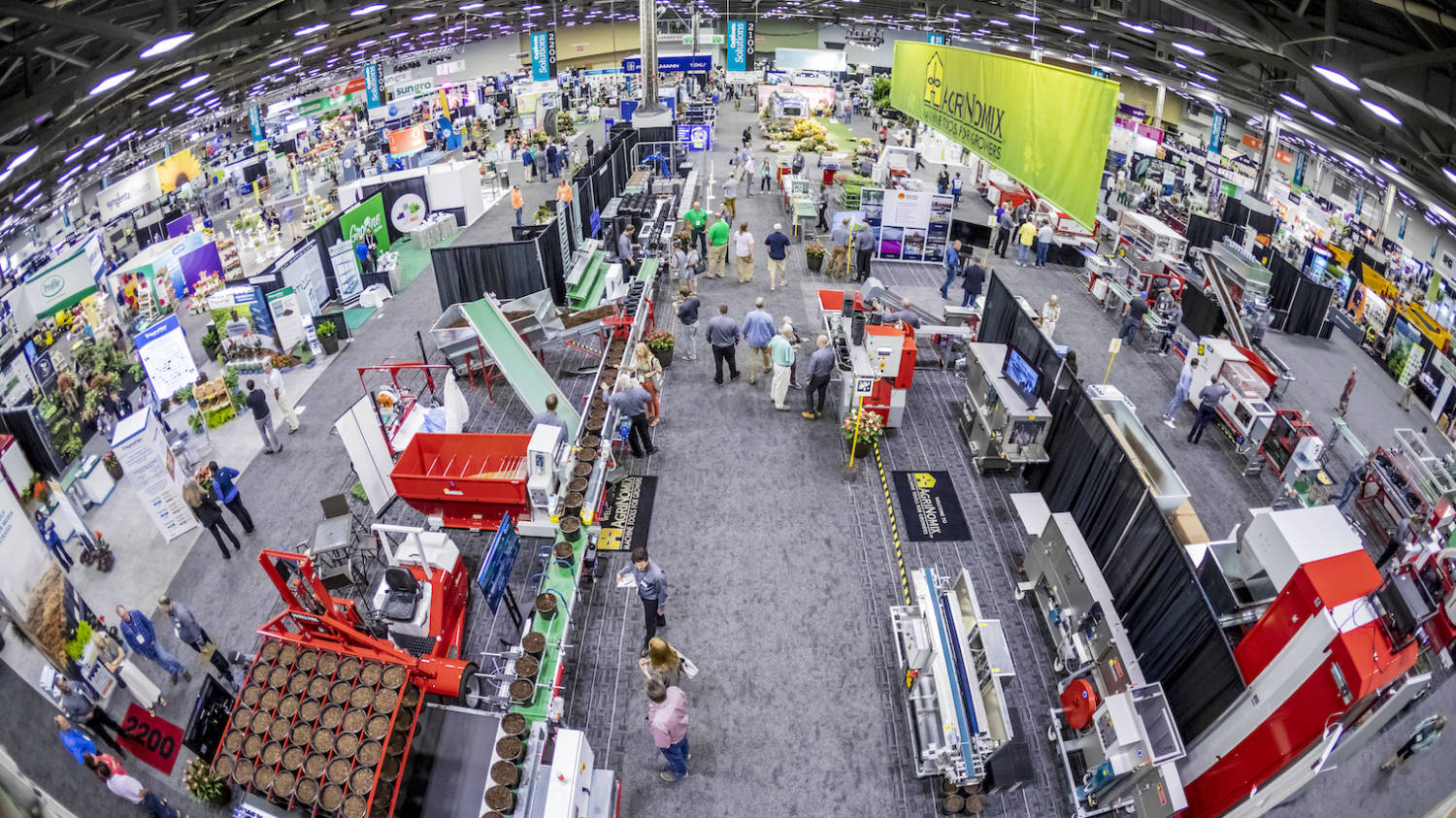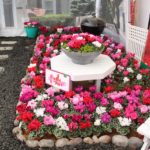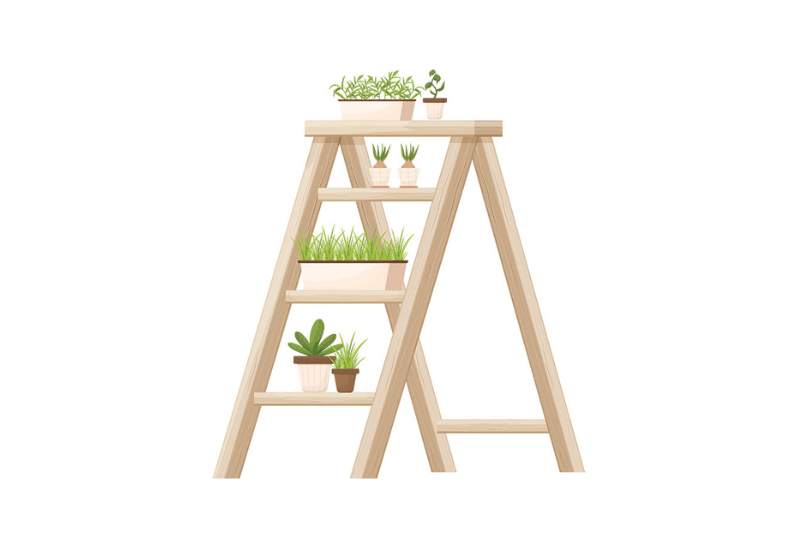
SGAFT: Technology ladders + math = actionable education
The knees of greenhouse growers and farmers can buckle occasionally under the weight of insufficient time to get work done. Running out of time is frustrating, so instead of wishing for more hours in a day, invest in technology to work more efficiently.
History is clear; a century ago technology leveraged a global Industrial Revolution. The mission of the Small Greenhouse and Farm Technology project (SGAFT) is assisting small growers in integrating technology appropriately scaled to their size.
SGAFT is focused on helping small growers leverage technology to better compete in the local agriculture and small business sectors of our economy. Doing so reduces buckled knee syndrome and frustration.
TWO QUESTIONS
Embracing technology presents opportunities. Where should the next tech dollar be spent?
This can be described as straight line reasoning. Building a greenhouse will supplement field crop yield — year-round production better serves the community and my business. It’s simple math of A + B = C.
Another opportunity is: Where do I buy my next hour of time?
This is a broader, more complicated line of reasoning. One benefit of drip irrigation is improved crop uniformity resulting in less shrinkage. Higher quality results when a time clock reliably activates a second or third irrigation cycle during a busy spring afternoon when the day’s pressure is intense. Higher quality means higher price and less shrink reduces loss, both offset the technology’s cost. Analyzing multiple benefits requires more than simple, straight line reasoning; it’s more complicated.
An indirect benefit of irrigation technology is freeing up time for other work.
My colleague Michelle Klieger, an agricultural economist, encouraged me to use this concept more in my work. I’ve been laser focused on helping growers understand return on investment (ROI) but she suggested that not every decision needs to show an obvious return. If it frees up time for other tasks it helps justify the choice. It’s not always the straight line I was presenting.
Economists call this time an “opportunity cost” because whatever technology the money purchased, created an opportunity to do something else. In a wink-wink way, opportunity cost finds that extra hour in the day without actually making the day longer. And don’t feel guilty using the opportunity to occasionally knock off work early, that’s a hard earned perk entrepreneurs should enjoy more.
Growers react emotionally to irrigation technology, I know after being one for most of my life. Emotionally charging a complicated decision only makes it less straight. The freed up time and the direct crop benefits has many of us stating I should have done this year’s ago, why did I wait so long, which house or field is next! Thanks to Michelle I now use ROI as one tool among others to make decisions.
MONEY
The motivation to purchase technology to boost efficiency and profitability comes with a cruel reality. There’s rarely enough money to do what we’d like to do. Whether this is a higher hurdle for small growers than large operations (I think so) is a debate for another day. Regardless, reality forces us to prioritize and hopefully create a vision forward rather than investing in technology randomly.
TRICKLE DOWN TECHNOLOGY
The point to describing the frustration associated with technology is to recalibrate a small grower’s mindset to reality. The state-of-the-art technology is exciting, it’s important for everyone to see where we’re heading. However, if it’s beyond one’s means let’s focus on pieces of it that can be scaled down to fit a small setting.
Plenty of technology categories are scalable. Take fertilizer injection, Dosatron injectors are found in every size operation I’ve visited from single 30 x 100 foot greenhouses to multi-acre ranges. Large, multi-head systems capable of tailoring individual nutrients via computer are ultra-effective but beyond a small grower’s means. The simpler technology, in a relative sense, is as valuable in a small operation and affordable.
Robotics and other large scale automated technology are also routinely beyond a small grower’s means. It’s fair to expect these tech categories to navigate trickle down paths. After all, if not for NASA needing to invent cordless tools for astronauts to use in space my cabinet of DeWalt cordless tools would be empty today. SGAFT will present state-of-the-art technology to help small growers envision their future. Once introduced, however, content focus will shift to technology that’s realistic for small operations.
TECHNOLOGY LADDERS
Any technology category can be described using a common ladder. This concept presents technology in logical, successive steps. The bottom rung represents entry level technology, or none at all, while the top rung represents state of the art.
For irrigation, the bottom rung is hand watering — a level of technology that hardly a greenhouse lacks. The second step is the first generation of drip irrigation, the one before button emitters that only those of us with gray hair remember using. Another step up is pressure compensating emitters. Next comes a group of steps advancing system control. The first of this group is time clock solenoid valve control. Then, the time clock is incorporated into an environment control system for smarter decision making. Another step up the ladder integrates on-site weather station data, making it smarter yet. If the greenhouse experiences A or B the system responds with Y or Z.
A different grower’s irrigation tech ladder may include steps for subirrigation technology. Recirculating systems such as flood and drain trays or hydroponic systems such as nutrient film channels may fit the operation. Each grower’s irrigation tech ladder may be unique with different systems and products occupying different steps. Due diligence is advised as growers learn to construct tech ladders to best serve their unique needs.
TECH LADDER ASTERISK
Creating a working technology ladder includes a second reality layered over the earlier reality of limited money. That our ladder has a top rung is inaccurate because technology keeps advancing. For each tech ladder we construct, the top step today will not be the top step tomorrow.
The extension ladder more accurately presents the advancement of technology over time. Today’s state of art may get us up to the sixth step, next year’s advancement will need a seventh, then an eighth. There’s no limit. Think of three sections of a ladder as representing yesterday’s 20th century tech (base section) followed by today’s 21st century tech (middle section) followed by tomorrow’s 22nd century tech (upper section).
This discussion continues at sgaft.com to develop technology ladders in other categories. It then develops the concept of each operation being on different steps of different tech ladders in time, which then allows one to direct the next tech dollar to the next logical step up the ladder that best serves the operation.









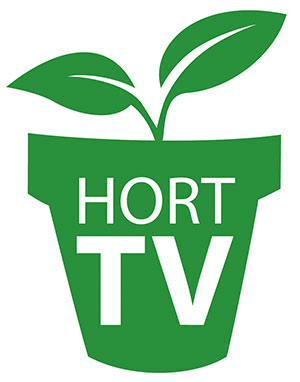 Video Library
Video Library 